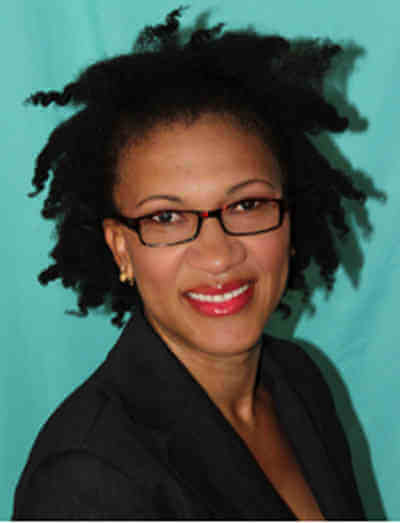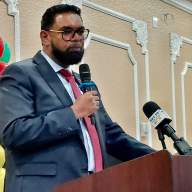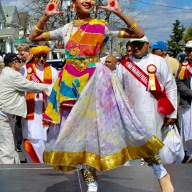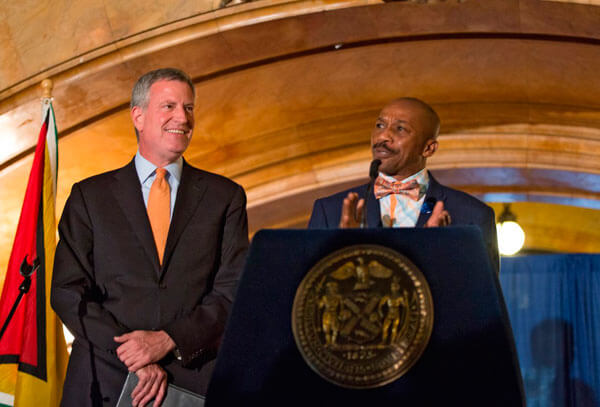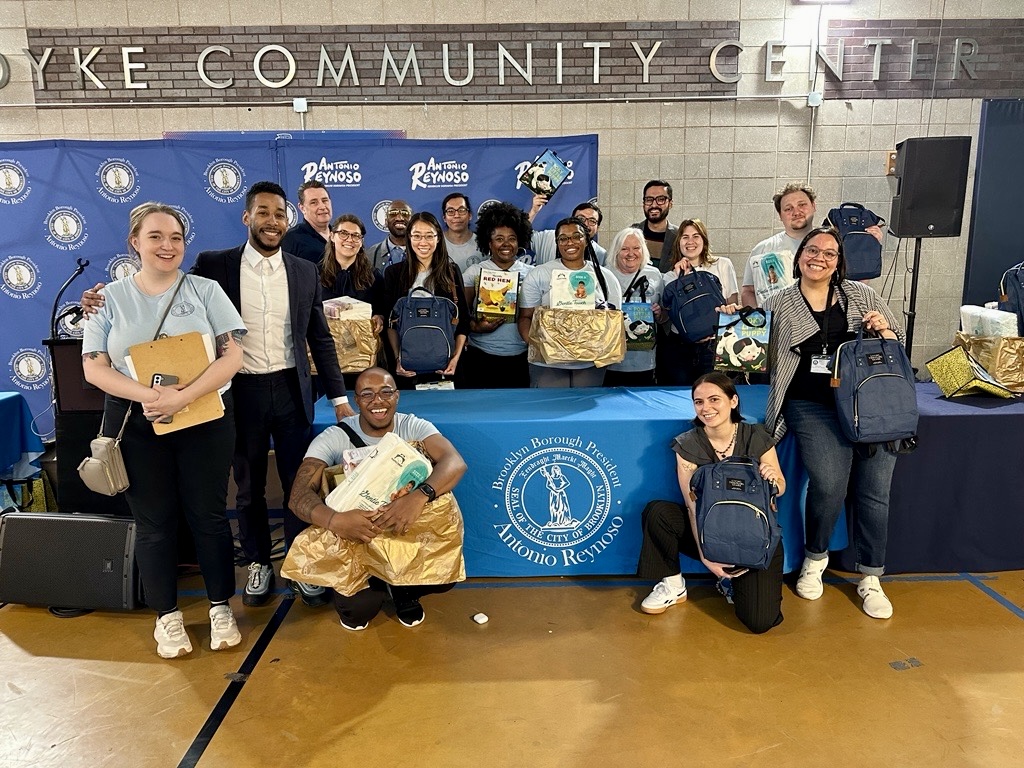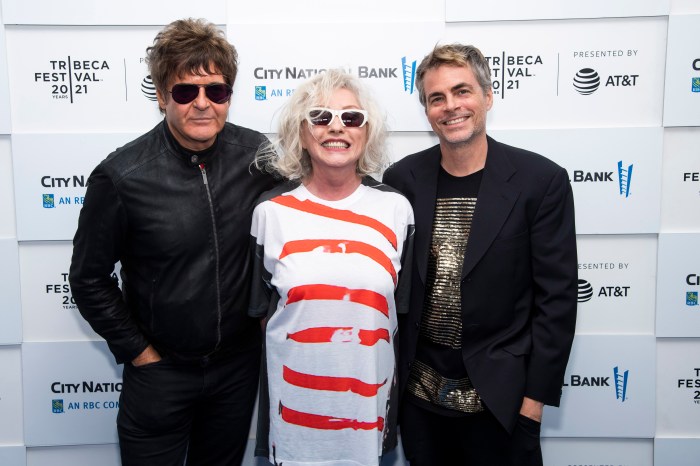The Brooklyn Historical Society is going to explore the city’s Guyanese community with a panel about the group’s history in Brooklyn on Nov. 20. At “Brooklyn’s Guyana,” three Guyanese women in literature will discuss the impact of Guyanese immigration to New York City, and more so the borough. Organized by Grace Aneiza Ali, who will moderate, and Karen Wharton, the event will also bring forth some interesting facts about Guyanese that go largely ignored.
“Karen and I wanted to bring together an event that speaks to the Guyanese community in Brooklyn, and we both felt that when people talk about the immigrant communities of Brooklyn — very few people talk about Guyanese,” said Ali, who is also an assistant professor at New York University. “The community in the city is pretty strong, and we’re largely in Brooklyn and Queens but we are the fifth largest immigrant community in New York City.”
Despite being a very visible immigrant group, the community often takes a backseat during discussions on Caribbean groups, but Ali said the historical institute will be shedding light on that.
“Many museums and institutes in Brooklyn generally bypass the Guyanese community, and we mostly hear about Jamaica or Haiti,” said Ali. “But I think it’s important that our voices are heard, and we’re grateful for the Brooklyn Historical Society for fulfilling that.”
The panelists include authors Natalie Hopkinson and Rosalind Kilkenny McLymont, and playwright Ingrid Griffith.
She said one of the most interesting aspects the panel will highlight is who leads the Guyanese community. Ali added that migration data not only shows that those two boroughs boast of the areas with high concentration of Guyanese, but also how the creation of these Guyanese communities were and are led by women.
“Census data shows that it is Guyanese women who outnumber men when they migrate to New York City, and the ratio shows that there are about 79 men to 100 women,” said Ali.
She said much of that is driven by the workforce, which has played a major role in that trend.
“The reason for that is jobs. Guyanese women are able to get domestic jobs or in the hospitality industry, more so than men,” said Ali. “And what we’re finding is that Guyanese women are leading the charge because they were able to get these jobs and are now head of their households.”
Being breadwinners come with a different set of responsibilities for Guyanese women, and the event hopes to analyze how that plays out in various ways by starting with the information.
“I think that data will be the jumping point for our conversation because there has always been more women than men since the 1950’s and women have been at the forefront of migration,” said Ali.
She hopes to showcase to Guyanese and non-Guyanese alike, why these strides should be celebrated.
“We want to empower them because in our community, women are leaders and they’re leading small businesses and we want to touch on them in an incredible way, and how individual books have shed light on that,” said Ali.
“Brooklyn’s Guyana” at Brooklyn Historical Society [128 Pierrepont St. between Clinton and Henry streets in Brooklyn Heights, (718) 222-4111, www.brook



